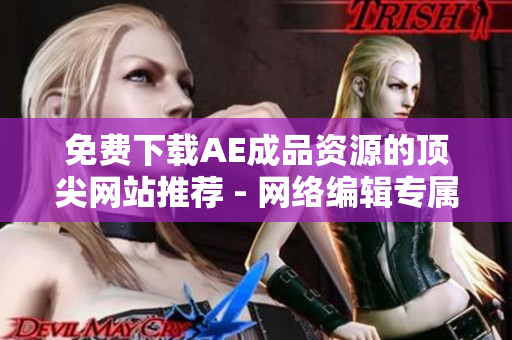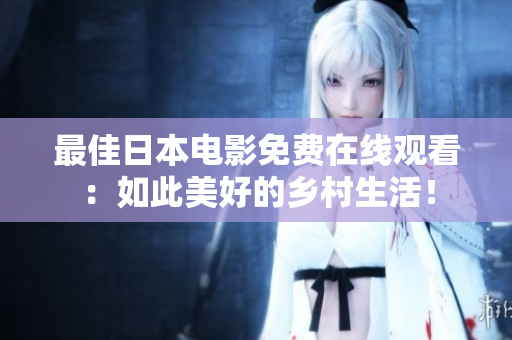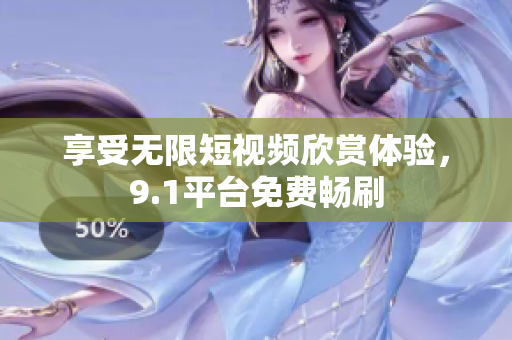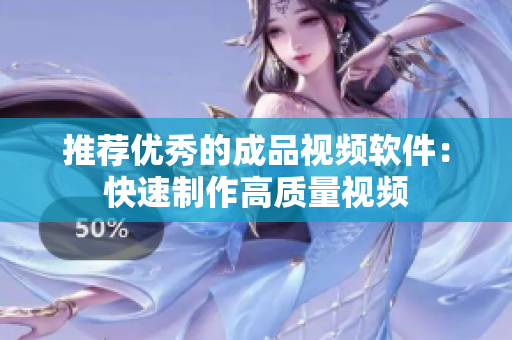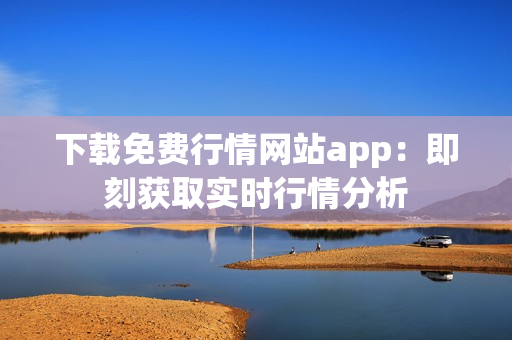Introduction
Art and technology have always been intertwined, and the current advancements in 5G technology have opened up new possibilities for the art world. From interactive installations to virtual reality experiences, artists are embracing the opportunities that 5G technology offers. In this article, we'll explore how 5G technology is impacting the arts in the Western world. Additionally, we will discuss how it can help address the scarcity of resources in Southeast Asian early childhood education.
Top Western Artworks using 5G Technology
One of the most groundbreaking artworks using 5G technology is "Latent Being." This immersive installation was created by multidisciplinary artist Rafael Lozano-Hemmer, and it leverages 5G technology to create a seamless interactive experience for the viewer. The installation consists of a network of cameras that capture visitors' biometric data and use it to create a personalized sculpture made of light. The 5G technology allows for real-time data processing, resulting in an incredibly responsive and immersive experience.
Another notable work is the VR experience "Age of Sail," which was created by John Kahrs. This animated short takes advantage of the high-speed and low-latency of 5G networks to provide a smooth and immersive experience. The story follows William Avery, a retired sailor, as he rescues a young girl at sea. The high-speed connectivity of 5G technology ensures that the graphics and audio are as realistic as possible, creating a truly mesmerizing experience.
Dealing with the 5G Debate
While 5G technology has a lot of potential, it has also been a subject of controversy and debate. Some people are concerned about the potential health risks, while others worry about the impact it could have on privacy. These concerns are valid, and they need to be addressed in a transparent way. It's important for artists, as well as the tech companies developing the technology, to be aware of these concerns and take steps to ensure that they are not disregarded.
5G Technology and Early Childhood Education in Southeast Asia
In Southeast Asia, there is a scarcity of resources when it comes to early childhood education. The lack of trained teachers, appropriate facilities, and support systems makes it difficult for children in the region to receive the quality education that they need. However, 5G technology can help overcome some of these challenges. With fast and reliable connectivity, remote learning becomes a viable option. Teachers can use video conferencing to connect with students in remote areas. Additionally, virtual and augmented reality technology can be used to create engaging and interactive learning experiences. By leveraging 5G technology, educators and policymakers can help bridge the gap in access to quality education in the region.
The Importance of Ethical Considerations
Despite the many benefits that 5G technology can bring, it's crucial that we consider the ethical implications of its use. As technology continues to evolve at a rapid pace, it's easy to get caught up in the excitement and forget about the potential risks and consequences. It's important for artists, tech companies, and policymakers to work together to ensure that 5G technology is used in a responsible and ethical way that benefits society as a whole.
Conclusion
5G technology is revolutionizing the art world, creating new opportunities for artists to experiment and push boundaries. At the same time, it has the potential to help address some of the challenges facing Southeast Asian early childhood education. However, it's important to approach the use of this technology with caution and ensure that ethical considerations are taken into account. By doing so, we can reap the benefits of 5G without putting our health, privacy, or social values at risk.


